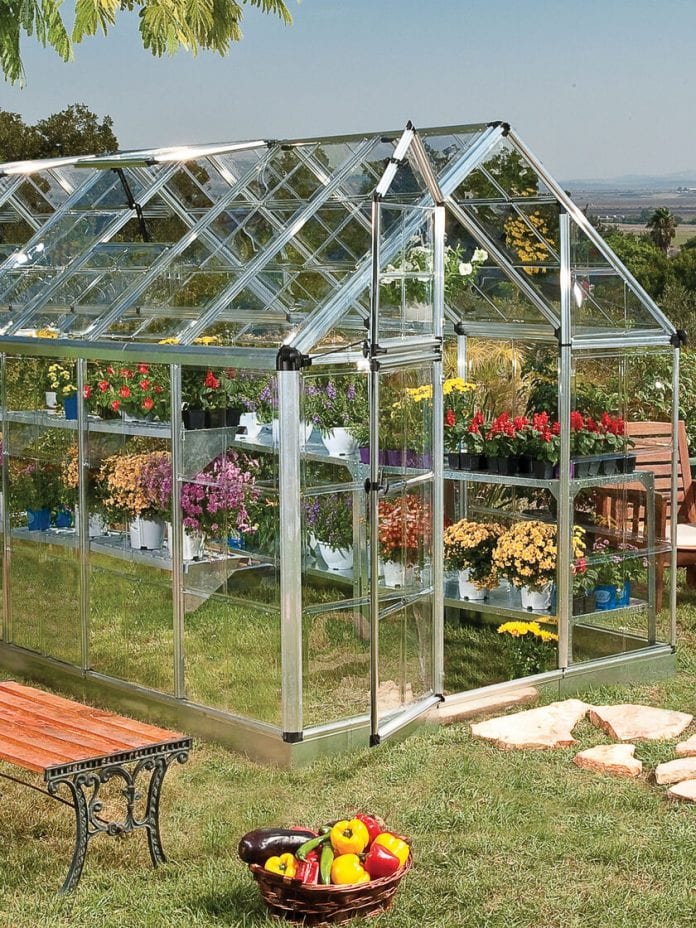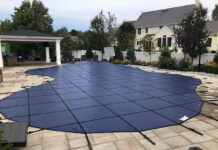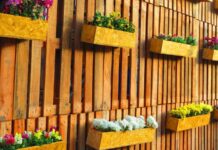The greenhouse is an essential element when you want to grow plants year-round or when you want to protect some of it from the frost. It can be business or just our small tropical garden in the middle of the back yard.
For all these reasons, deciding on one is not always an easy task. There are many available types and it will depend on what you want to use it for, you will choose one or the other. If you are not clear about your decision, then we will explain how to choose a greenhouse.
1. Choose one of the 3 main types
Although there are many divisions, these are the basic three types among which you will find the ideal one for you.
Cold frame
These are mini greenhouses, which are placed directly on the ground. The main purpose is to accelerate seed germination. Although it can be used at any time, its primary purpose is for spring. Especially for early spring. It will help with sprouting and, in this way, will allow you to grow all the plants when you intend.
Starter greenhouse
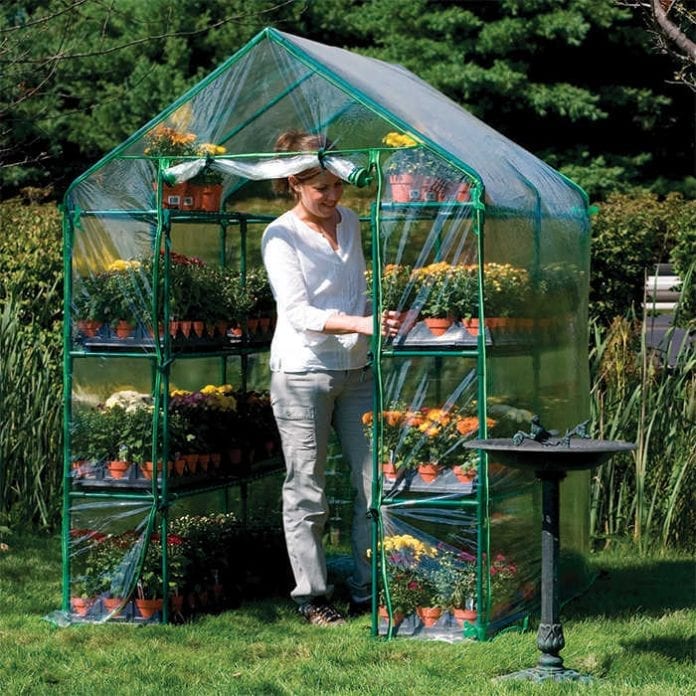
They are much larger than a cold frame and are usually small to medium size. They are ideal for plants that you want to transplant outside later. You will be able to plant them there during the winter and then transplant them in the spring or summer when the time is right. Clear or semi-diffused coverings are often used to provide more light inside.
Grower greenhouse
These are big greenhouses, usually the ones a layman thinks of when talking about a greenhouse. They are intended for growing corps, indoors, all year long. It is important to have as much natural light as possible. It can be used for all purposes, such as propagating seeds, indoor crop growing, and storing harvested crops.
2. Choose temperature level
As they are divided by size, so they are divided by temperature. There are hot, warm, and cool.
Hot greenhouse
As their name implies, it is very warm here. Over 20 degrees Celsius or 60 degrees Fahrenheit is constant. And it must not fall below. It is intended for plants from the tropic regions, which can only grow at high temperatures. For this reason, it is necessary to have a lot of heaters and grow lights, because if the temperature drops, it would mean disaster for your plants. It is good to have a weather station there, to constantly monitor temperatures and other climatic factors. Visit GreenHouseHunt and read reviews about the best weather station.

Warm greenhouse
There is a temperature between 10 and 15 degrees Celsius or about 55 degrees Fahrenheit. Ideal for all plants which typically grow in mild temperate climates and grow outdoors.Suitable for flowers also. Grow lights and heaters are a must-have only during the winter.
Cool greenhouse
This is the most important thing that there is no frost. Which means the temperature has to be over 5 degrees Celsius or about 40 degrees Fahrenheit. This one is used for germinating seeds and raising starter plants. Grow lights or heaters are not used, as it is a temperature that is easily maintained indoors, independent of the outside temperature.
3. Set a budget
Be aware that costs can skyrocket very quickly. So immediately determine the budget that is available to you and fit into it. Then don’t decide to buy more stuff, because one thing will lead to another and you’ll spend much more than you originally planned.
4. Fit into the space you have

A huge greenhouse cannot be installed in a small space. And, even if you are a huge plant lover or you want to make a business out of it, in the end, the available space will determine which model to choose, and therefore, how many plants you will be able to have in it.
Patios, terraces or balconies
In these places, the idea is to get a cold frame. They are very interesting since they do not take up much space, and you always have the option of disassembling and storing them when the winter has passed.
But they are also functional in spring and summer. Now, think about removing the top of it so that your crops do not have problems due to excess temperature.
Gardens and orchards
For gardens and orchards, there is more to choose from, but of course, it will still be important to consider the space available.
5. Select the material from which it will be made
Structure
The structure can be made of wood, galvanized steel or PVC. It is highly recommended to perform treatments with wood oil once a year so that they retain their properties.
The galvanized steel is a material widely used in medium and large greenhouses. Withstands rain, sun and frost considerably well and requires no maintenance.
Finally, PVC is light. Widely used to make small greenhouses, but it usually doesn’t last more than 5 years.
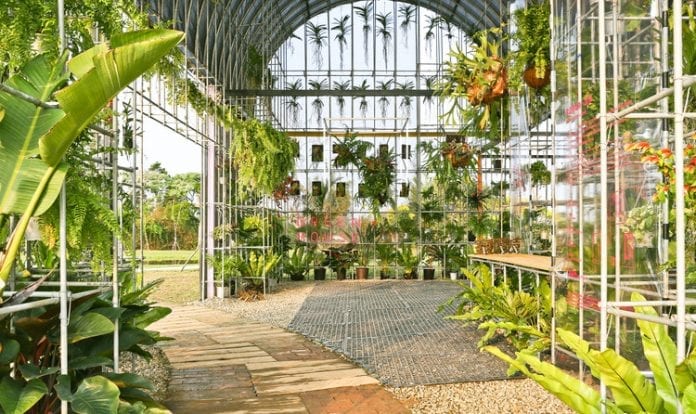
Walls
Greenhouse walls are made of polyethylene, polycarbonate, or glass. All these materials are very strong and durable, although they have important differences in terms of their lifespan. In fact, while polyethylene only lasts for a few years, glass can last forever if you maintain it well.
Conclusion:
There are many elements that must be considered if you are considering purchasing a greenhouse. First of all, consider whether you really need such an object, how big it should be, where you will place it. Determine for what purposes you will use it, as well as how much money you can spend.
So the choice is entirely up to you. Whether you decide on a more durable and expensive solution, or whether it suits you more simply and cheaper, depends on you and your needs. We definitely advise you to think carefully before making such a decision, study all the advantages and disadvantages of individual solutions and then choose. We hope our article will help you with that.
